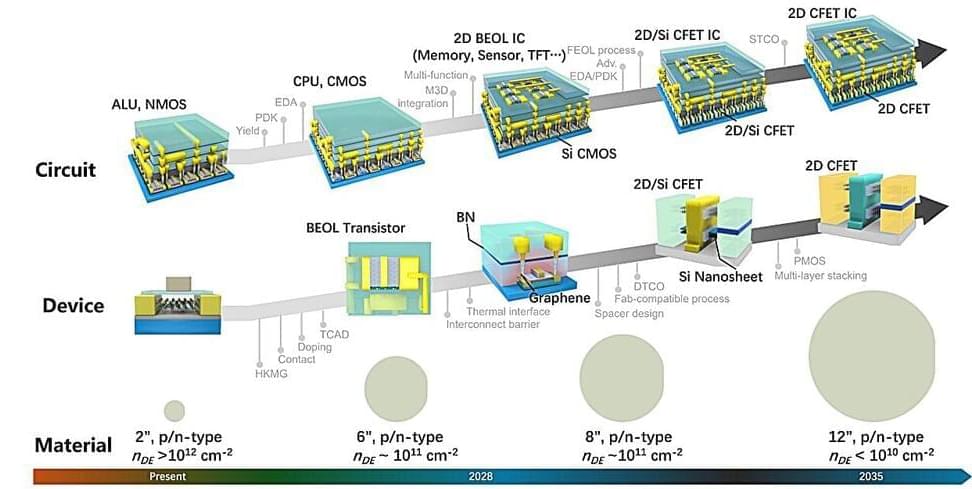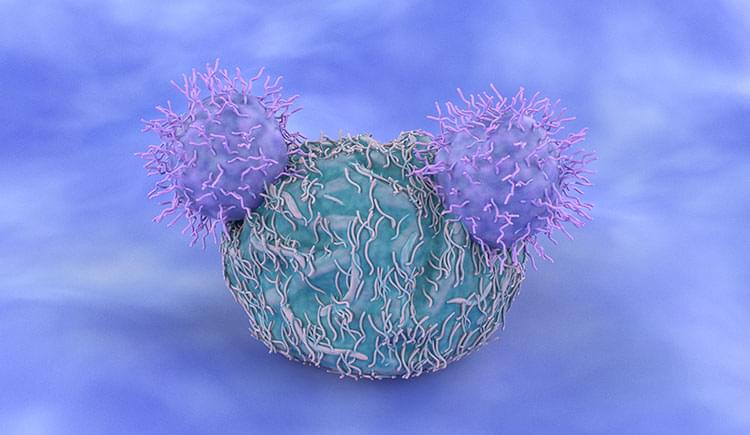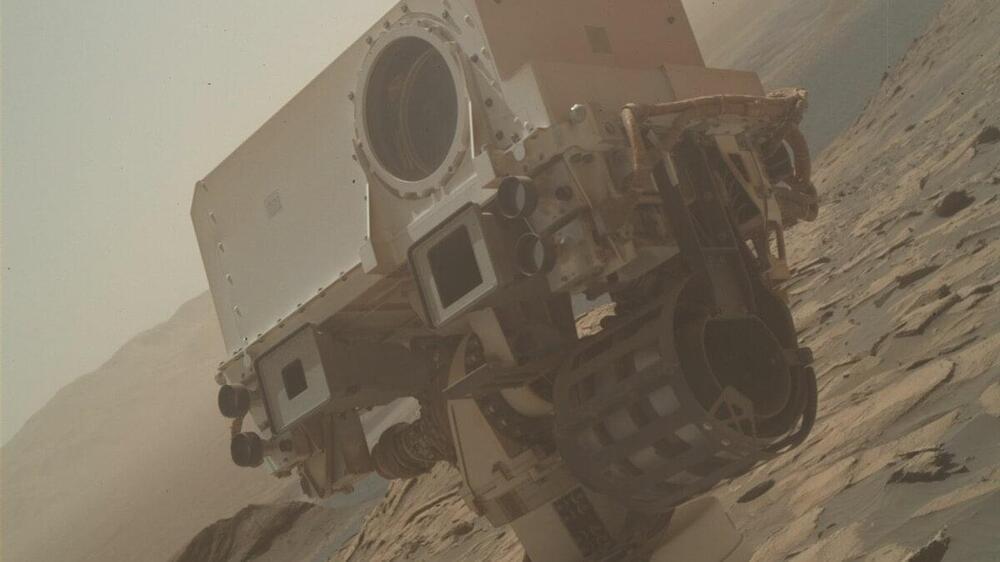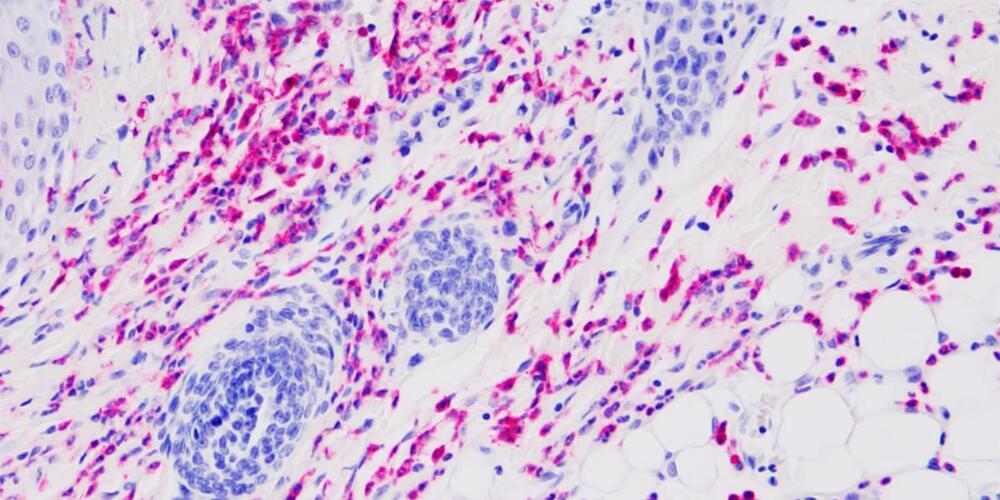In a significant stride forward for the semiconductor industry, a new review paper from the “Shuang-Qing Forum” offers a comprehensive overview of the advancements and strategic roadmap for two-dimensional (2D) materials.



Dr. Adomas Valantinas: “What we’re seeing may be a remnant of an ancient climate cycle on modern Mars, where you had precipitation and maybe even snowfall on these volcanoes in the past.”
How unique is the climate of Mars compared to Earth? This is what a recent study published in Nature Geoscience hopes to address as a team of international researchers investigated how frost could form on the summits of volcanoes that comprise the Tharsis volcanic province on Mars. This study holds the potential to help researchers better understand the present-day water cycle on the Red Planet and could have implications for harnessing some of it for future human exploration, as well.
For the study, the researchers used more than 30,000 images from the European Space Agency’s Trace Gas orbiter and the European Space Agency’s Mars Express orbiter to analyze morning frost on the summits of Olympus Mons (Mars’ tallest volcano and the tallest planetary mountain in the solar system), Arsia and Ascraeus Montes, and Ceraunius Tholus. Additionally, the researchers used climate model simulations to ascertain if water could condense and form at these summits, as well.

Significance of the work.
CAR T cells are genetically engineered immune cells tailored to respond to a specific molecule found on the surface of tumor cells. These cells are a form of immunotherapy — an approach that harnesses the native ability of the immune system to fight diseases, particularly cancer. CAR T-cell therapy represents a milestone in cancer treatment. It propels cancer therapies beyond traditional chemotherapy and radiation treatments, which are often highly toxic and non-specific.
The four scientists honored with this year’s Warren Alpert Foundation Prize each played key distinct and complementary roles in developing CAR T cells and making their use in the clinic possible. Today, CAR T-cell therapies offer great hope for patients with various B-cell malignancies who have relapsed or failed to respond to other therapies. CAR T cell-based approaches could eventually be used to treat solid tumors, as well as a variety of autoimmune diseases and other conditions.

A Norwegian startup is building massive AI robots to help airlines reduce their carbon emissions, save water, and inspect their planes in a fraction of the time it usually takes.
The challenge: The aviation industry is responsible for about 2.5% of global carbon emissions, and while sustainable jet fuels or electric propulsion systems could one day slash that figure, airlines can reduce their emissions right now — simply by cleaning their planes more often.
Washing an airplane’s exterior reduces air resistance, which means it can decrease the amount of jet fuel a plane needs to burn by up to 2% — while that’s not a huge difference, it can add up when you consider there are about 28,000 commercial jets in the global fleet.
A map of the entire human brain could help us understand where diseases come from, to how we store memories. But mapping the brain with today’s technology would take billions of dollars and hundreds of years. Learn what GR has already revealed about the brain, and how it’s making it easier for scientists to—someday—reach this goal.
#GoogleResearch


How can long-term space flight influence astronaut health, and specifically their organs? This is what a recent study published in Nature Communications hopes to address as a large team of international researchers conducted the most comprehensive study regarding astronaut kidney health and how it’s affected from both microgravity and galactic cosmic radiation (GCR) during long-term space missions. This study holds the potential to help astronauts, space agencies, medical professionals, and the public better understand the health risks associated with sending humans to other worlds, specifically to Mars.
“We know what has happened to astronauts on the relatively short space missions conducted so far, in terms of an increase in health issues such as kidney stones,” said Dr. Keith Siew, who is a Research Fellow in the Department of Renal Medicine at the University of College London (UCL) and lead author of the study. “What we don’t know is why these issues occur, nor what is going to happen to astronauts on longer flights such as the proposed mission to Mars.”
Aside from the 24 Apollo astronauts who traveled to the Moon, with 12 of them walking on the surface, nearly all human space travel has been limited to low-Earth orbit (LEO), totaling almost 700 people having traveled to space. During this time, they are protected by the Earth’s magnetic field, which shields them from harmful solar and cosmic radiation that could cause potentially irreparable harm to their health.

Clouds of gas in a distant galaxy are being pushed faster and faster—at more than 10,000 miles per second—out among neighboring stars by blasts of radiation from the supermassive black hole at the galaxy’s center. It’s a discovery that helps illuminate the way active black holes can continuously shape their galaxies by spurring on or snuffing out the development of new stars.

Do you have trouble learning endocrine system terminology? That shall end today! Join us now on episode 10 of our Anatomical Terminology for Healthcare Professionals course series on Youtube: